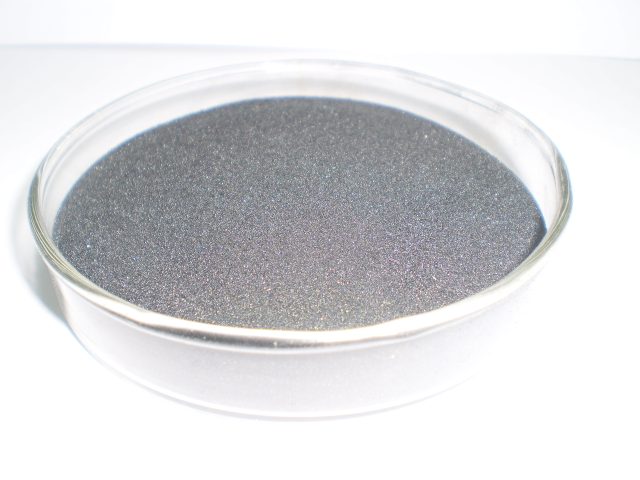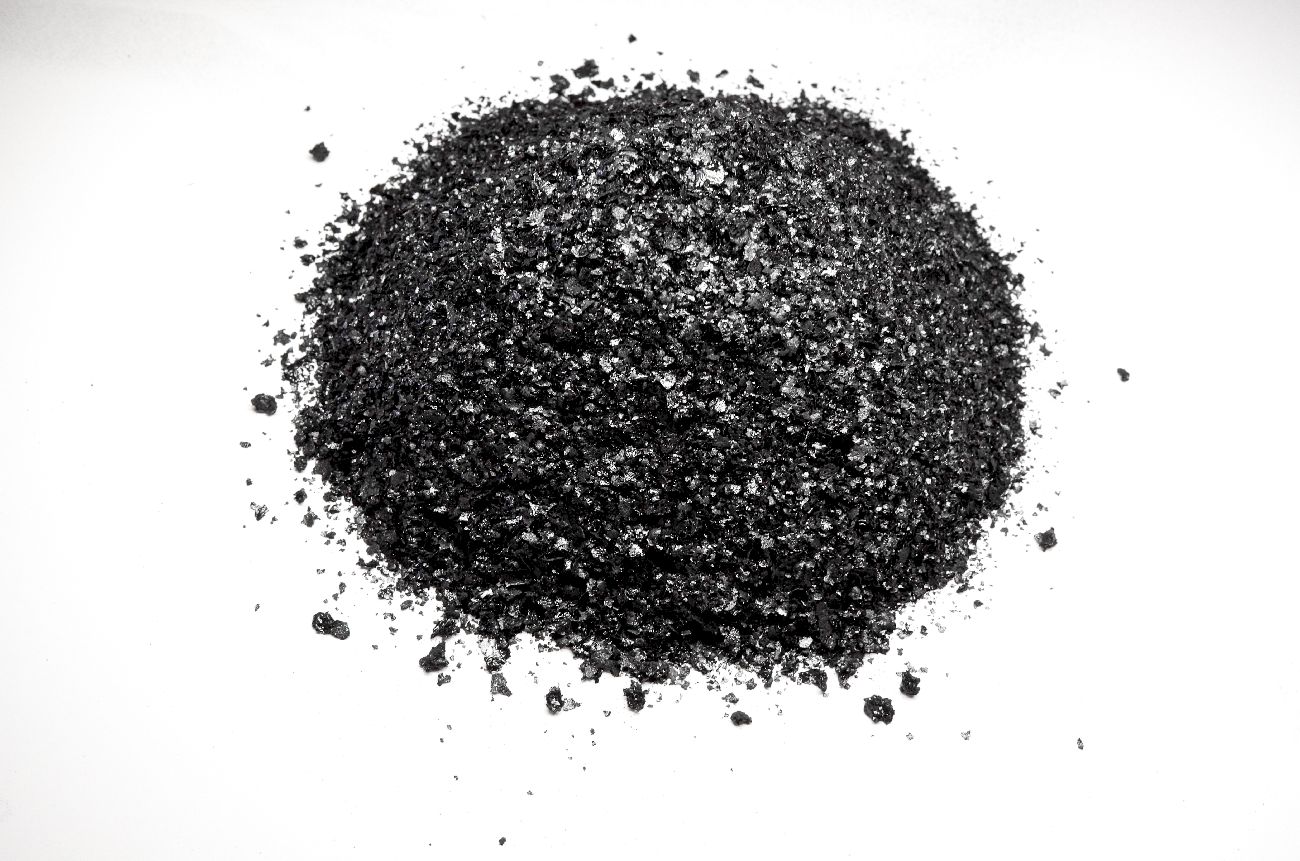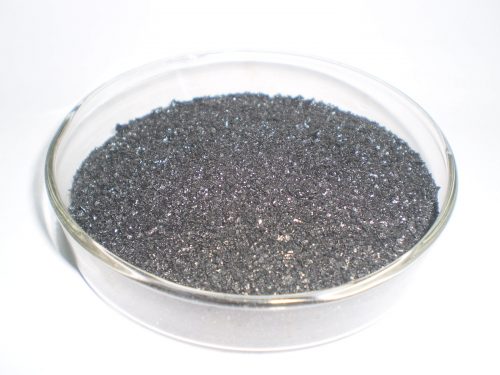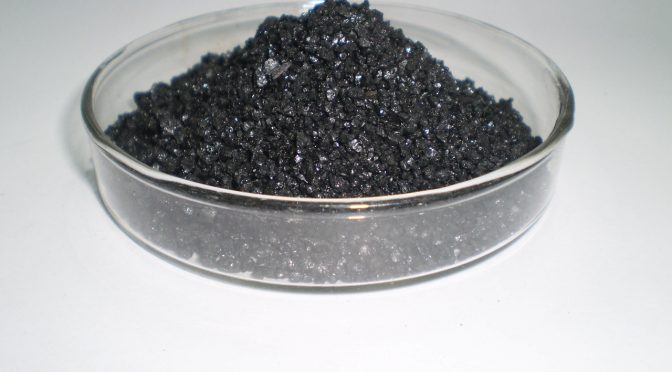First, the basic information of the soil
The soil, formed by hard rock exposed to the surface, is formed through its complex weathering process and soil-forming process over a long period of time, from the rock to the parent to the soil.
Soil minerals are the main constituents of the soil and constitute the “skeleton” of the soil, which generally accounts for 95%-98% of the mass of the soil solid phase. Rock is a substance composed of simple or multiple minerals. After weathering, the soil parent material is formed, and then the soil suitable for cultivation is selected by screening.
Furthermore, the weathering of the rock forms the parent material, and the weathering refers to the process of mechanical fracture and chemical change under the influence of air, water, temperature and biological activities of the outermost layer of the crust. It is divided into three types: physical weathering, chemical weathering, and biological weathering. As a result of weathering, the rock is further decomposed to produce secondary clay minerals. Their particles are very fine, generally less than 0.001 mm, which is in a colloidal dispersion state, which causes the parent material to have adsorption capacity, cohesiveness and plasticity, and a capillary phenomenon occurs. The ability to store water, while releasing some simple soluble salt substances, combined with the biological excretion of nutrients in the process of biological weathering, constitutes the source of primary plant nutrients in the soil, and the start of the weathering of the organism means the beginning of the soil-forming process.
Due to different natural conditions, chemical weathering and biological weathering predominate in the hot and humid south, weathering intensity is large, and weathering is more thorough, so finer clay is formed; in the north of dry cold, physical weathering predominates, and the degree of weathering is relatively shallow. Therefore, the formed mineral particles are coarser, and most of them are gravel, sand and silt.
Second, the basic classification of cultivated soil
The various solid particles in the soil are referred to as soil particles and can be divided into single particles (primary particles) and complex particles (secondary particles). The former is mainly composed of rock mineralized weathered fragments and crumbs. It can exist alone when completely dispersed. It is often called mineral particles and mineral soil particles. The latter is a group of individual particles that are combined under physical and chemical chemistry. Organic mineral complexes and microaggregates.
The size of soil mineral particles is uneven, large several millimeters or more, small is less than 1nm, and the difference is 100 times. The current classification methods in China are mainly based on different particle sizes, and the soil minerals are roughly divided into three types, sand grains (1~0.05). Mm), powder (0.05 ~ 0.01mm) and cosmid (<0.001mm), so the corresponding tillage soil is divided into three categories: sandy soil, loamy soil and clay soil. The characteristics of each soil fertility are not described, and the relevant information can be easily searched. The conclusion is that the loamy soil has better comprehensive performance and is suitable for most crops.
In order to explore the function of humic acid, let’s continue to talk about the soil, because what is the true understanding of the soil? What have you experienced? What else do you need? By waiting for these questions, it is possible to better explore the significance of humic acid for the soil.
Third, soil organic matter
Soil organic matter is an important part of soil. It refers to all carbon-containing organic substances present in the soil. It includes various animals, plant residues, microorganisms and various organic substances that are decomposed and synthesized in soil. It is soil fertility. Material basis.
Soil organisms are part of the entire ecosystem of nature. They mainly include animals, plants and microorganisms living in the soil. They do not refer to the professional vocabulary such as protozoa and metazoans. Simply speaking, soil animals have mites, nematodes, mites, ants. , snails and some insects, etc.; soil microbes contain the most bacteria, fungi, actinomycetes, tiny animals and viruses, etc., the data show that generally 1kg soil can contain 500 million bacteria, nearly 1 billion fungi, 100 Billions of actinomycetes and 500 million tiny animals. The above composition is beneficial to crops, and also has harmful organisms to the crops, which together play the vitality of the soil and play a leading role in the formation and development of the soil.
The organic matter entering the soil generally assumes three states: fresh organic matter, semi-decomposed organic residues and humic substances that have changed. Fresh organic matter is the undecomposed biological remains in the soil; semi-decomposed organic matter is a substance in which fresh organic matter is partially decomposed by microorganisms and has destroyed the original form and structure; both of them can be completely separated from the soil by mechanical means. It generally accounts for 10% to 15% of the total organic matter in the soil. It is an important source of soil organic matter and crop nutrients, and is also a raw material for the formation of soil humus.
Humic substance is a brown or dark brown macromolecular colloidal substance which is decomposed and re-synthesized by organic matter. It is closely combined with soil minerals and can not be separated by mechanical means. It is the main component of organic matter and is in general soil. It accounts for 85% to 90% of the total organic matter. Soil humus is the main substance that improves soil properties and supplies nutrients to crops, and is also one of the main indicators of soil fertility levels.
The organic matter entering the soil undergoes an extremely complex transformation process under the action of microorganisms. This transformation is mainly in two aspects, namely the mineralization process and the humification process of organic matter. The mineralization process is the decomposition of organic matter into simple inorganic Compounds (CO2, H2O, NH3, etc.) and release mineral nutrients; the humification process allows simple organic compounds to form new, more stable organic compounds and is a process of storing organic matter and nutrients.
Both of them are quite complex transformations. The results of modern research indicate that the decomposition of organic matter mainly depends on hydrolase, and the synthesis of humus is mainly the action of oxidase. It is generally believed that the formation of humus goes through two stages:
The first stage is a component (structural unit) in which microorganisms convert animal and plant residues into humus, such as aromatic compounds (polyphenols) and nitrogen-containing compounds (amino acids);
The second stage is the synthesis (condensation) of humus by the action of microorganisms. In this stage, the phenol oxidase secreted by the microorganisms oxidizes the polyphenols into hydrazines, which are easy to be combined with other components (amino acids, peptides). a monomer molecule that condenses into humic substances.
After the formation of humus, it is difficult to decompose, and it has considerable stability without changing its formation. However, when the conditions of formation change, the microbial population also changes, and the new microbial population promotes the decomposition of humus and The stored nutrients are released for plant use. Therefore, the two opposing processes of humus formation and decomposition are closely related to soil fertility. The two processes of coordination and control are naturally very important issues in agricultural production.
Everyone should have a clear understanding of soil, soil minerals and organic matter. If you don’t understand that you didn’t look at it carefully, the proportion of humus in soil organic matter and its role are undoubtedly very important. Then talk carefully below. Talk about what is humus.
Fourth, soil humus
Humus is a kind of natural high molecular polymer with complex composition and structure. Its main body is various humic acids and salts combined with metal ions. It is closely combined with soil minerals to form organic-inorganic composites. Therefore, it is difficult to dissolve in water. Therefore, in order to study, we need to extract. In the result of this extraction, we have seen the humic acid we have seen so far (there is a long-awaited relationship with the topic).
The main ingredient in the extract of humus is humic acid, which is currently divided into three types in academic and industrial fields: fulvic acid (fulic acid), brown humic acid (humic acid or palm humic acid), black humic acid (Humin or Black humic acid).
The humic acid extracted from the soil is mainly composed of carbon, hydrogen, oxygen, nitrogen, sulfur and other elements. In addition, it contains a small amount of ash elements such as calcium, magnesium, iron and silicon. The humic acid composition of different soils is not the same, so the humus Overall, the carbon content is 55% to 60%, and the nitrogen content is 3% to 6%. The C/N ratio is 10:1 to 12:1 on average.
The chemical structure of humic acid has not yet been determined, but it is certain that the molecular structure is complex and belongs to macromolecular polymers. The aromatic nucleus is the main body and various functional groups are attached. The main functional groups are phenolic hydroxyl group and carboxyl group. Methoxy, and nitrogen-containing cyclic compounds, etc., which are more difficult to decompose, can only be released after the aromatic nucleus is destroyed. Because of the presence of these oxygen-containing functional groups, humic acid exhibits various activities such as ion exchange, complexation ability to metal ions, and redox properties. These characteristics are also closely related to the electrical properties of humic acid, which is an amphoteric colloid with a negative and positive charge on the surface, usually with a negative potential. The source of these electrical properties is mainly the oxygen-containing surface of the molecule, such as the dissociation of carboxyl groups and phenolic hydroxyl groups and the protonation of amine groups.
Fifth, talk about humus function
1, water and fertilizer capacity
The humus is porous and porous, and it is a hydrophilic colloid. It can absorb a large amount of water, so it can greatly improve the water retention capacity of the soil. In addition, humus improves soil permeability, reduces water evaporation, and provides more effective water for crops.
Humus has two kinds of positive and negative charges, so it can adsorb cations and cations. Because it is mainly charged with negative charge, it has strong ability to adsorb cations, which is used as nutrient.
Once cations such as K+, NH4+, Ca2+, and Mg2+ are adsorbed, they can avoid loss with water, and can be exchanged by other cations near the roots for absorption by crops without changing the effectiveness of ions.
The ability of humus to retain cationic nutrients is much larger or even several times higher than that of other mineral colloids. Therefore, the application of organic fertilizers of humus type in soils with weak fertility ability not only increases the nutrient content of soil, but also improves soil physics. Nature, thereby improving its ability to retain fertilizer.
2, acid-base buffer capacity
Humus is a weak acid with a multi-acid functional group. Its salt has the function of amphoteric colloid, so it has a strong ability to buffer acid-base changes. Therefore, increasing the soil humus mass fraction can enhance the soil buffer acid-base performance and alleviate soil peracid. Or too alkaline.
- Improve soil physical properties
The humus is mainly coated in the form of a film on the surface of the mineral soil. Since it is a colloid, the cohesive force and adhesion are larger than the sand (as mentioned above), and the sand can be added after being applied to the soil. Viscosity, which effectively promotes the formation of agglomerate structures. Because the humus is soft, flocculated and porous, the cohesive force is nearly 10 times smaller than the cosmid, and the adhesion is less than half of the cosmid. Therefore, after the cosmid is coated, it is easy to form scattered agglomerates, making the soil loose. And no longer form a hard block. The above indicates that the humus can make the sand tight, the clay becomes loose, and the soil retains water, water permeability and gas permeability, which is more suitable for agricultural farming.
4, regulate soil heat
It has a certain influence on the thermal condition of the soil, mainly because humus is a dark substance, and its presence can significantly deepen the color of the soil, thereby regulating the heat absorption of the soil. At the same time, the heat capacity of humus is larger than that of air and minerals, but it is smaller than water and the thermal conductivity is middle. Therefore, under the same sunshine conditions, the temperature of soil with high humus mass fraction is relatively high, and the change range is not large, which is conducive to low-temperature planting of crops. Better growth. - Promote soil microbial activities
The energy and nutrients required for the life activities of soil microbes are directly or indirectly derived from soil organic matter, while the humus, which is the main form of soil organic matter, bears the first need for nutrient requirements for microbial life activities; humus can regulate soil acid and alkali The reaction, which promotes the beneficial changes of the physical structure of the soil, also provides a strong guarantee for the life activities of the microorganisms, which is accompanied by the promotion of the ability of various microorganisms to transform substances, thereby providing a guarantee for the healthy growth of crops in the soil.
The important role played by humus in the soil is obvious. There is a problem. Since the soil itself has humus, why do we still add it artificially? The soil contains various mineral elements. Why do we need to add various elements? Very simple, in order to increase crop yields; then with the increase in production, the problem of what the soil has experienced is easy to answer: artificially excessively adding inorganic elements, destroying the original minerals, organic matter and microbial environment of the soil; What the soil needs is gradually becoming clear: organic matter and micro-organisms, supplemented with inorganic mineral elements with the needs of crops.
What kind of organic matter is good and what is bad? I think many experts can’t express it accurately, because we are destroying the soil organic matter formed by thousands or even hundreds of millions of years. What do you say now? In summary, of course, the source is humic acid.
Besides humic acid, ore source humic acid is derived from peat, lignite and weathered coal. As mentioned in the previous article, it is conceivable that the current source of humic acid is also a substance formed by animal and plant residues after thousands of years. This is not the same soil. Is there a primitive humus component that has not been artificially destroyed during the formation process? Humic acid is the main component of soil humus, and artificial extraction may be to alleviate the lack of effective humus in existing soils.
This may be the meaning of humic acid for the soil, and the overall advantages are quite obvious.





